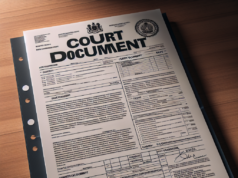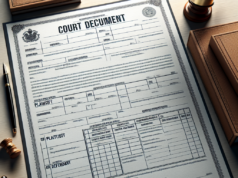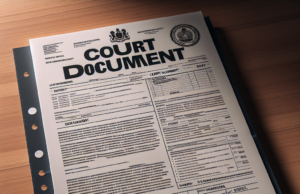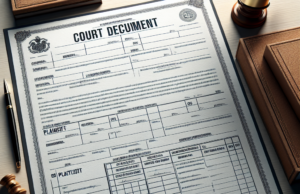
A Do It Yourself Divorce in Virginia Guide
If residing in Virginia and you’re considering divorce, there are some steps you will need to learn about regarding the whole process.
A Divorce Petition
A do it yourself divorce in VA generally starts with the ‘divorce petition,’ which is a document obtained at any legal aid department from within the state. This petition is written only by one spouse, commonly known as the Petitioner, and it is then served to the other spouse, commonly known as the Respondent.
Upon receipt of the petition, a copy of the document is also sent to the state court in the county where either spouse resides.
What Is Included in a Divorce Petition?
Any do it yourself divorce in Virginia would include the name of the husband, wife, and any children. It will also list separate properties along with addresses. For purposes of the petition, stipulations on child custody, child support, and alimony are also listed.
Steps Toward Serving the Petition
For a do it yourself divorce in VA, the process by which the petition is delivered, known as the “service of process,” is simply accomplished by delivering the “divorce papers” to the Respondent. The papers may be signed or not. If not, the Petitioner must then file a default with the court. If they are signed, it simply means that the Respondent has confirmed receipt of the divorce papers. Sometimes a Respondent may be difficult to get a hold of; in that case, a Petitioner can hire a professional server to proceed through the “service of process.”
Once the Petition Is Served….
Once the papers have been signed, there’s a waiting period declared by the court to set in motion a number of things: automatic restraining orders on both parties, a prohibition to take any children out of state, prohibitions for selling or borrowing against current properties, selling insurance, and obtaining new insurance.
A Respondent may also file a “response” to the petition, stating that he or she either agrees or disagrees with the petition. The disagreement could be as minor as a piece of property unfairly distributed, or as major as the entire marriage needing to be salvaged. If the petition response is an outright agreement on each term of the petition, it simply makes the process move that much faster.
However, if a Respondent or Defendant states even one disagreement ….
What Happens When One Spouse Doesn’t Agree With the Terms of the Divorce?
Common disagreements for a do it yourself divorce in Virginia can be issues with child support, issues with child custody, problems with property distribution, alimony issues, infidelity, even the entire marriage as a whole. A Respondent can fight to preserve the marriage and attempt to prevent the petition from moving forward.
The court oversees the entire dispute, every aspect of it. From there, though, a decision isn’t made as of yet. The hearing is simply to gather all the evidence, possibly order counseling sessions and maybe modifications on child support as needed.
Ultimately a do it yourself divorce in VA begins when the waiting period ends. Once that occurs, the court then makes the final judgment of divorce (or not).



























